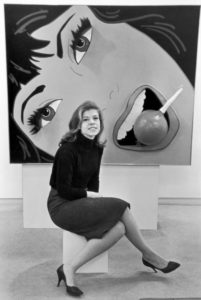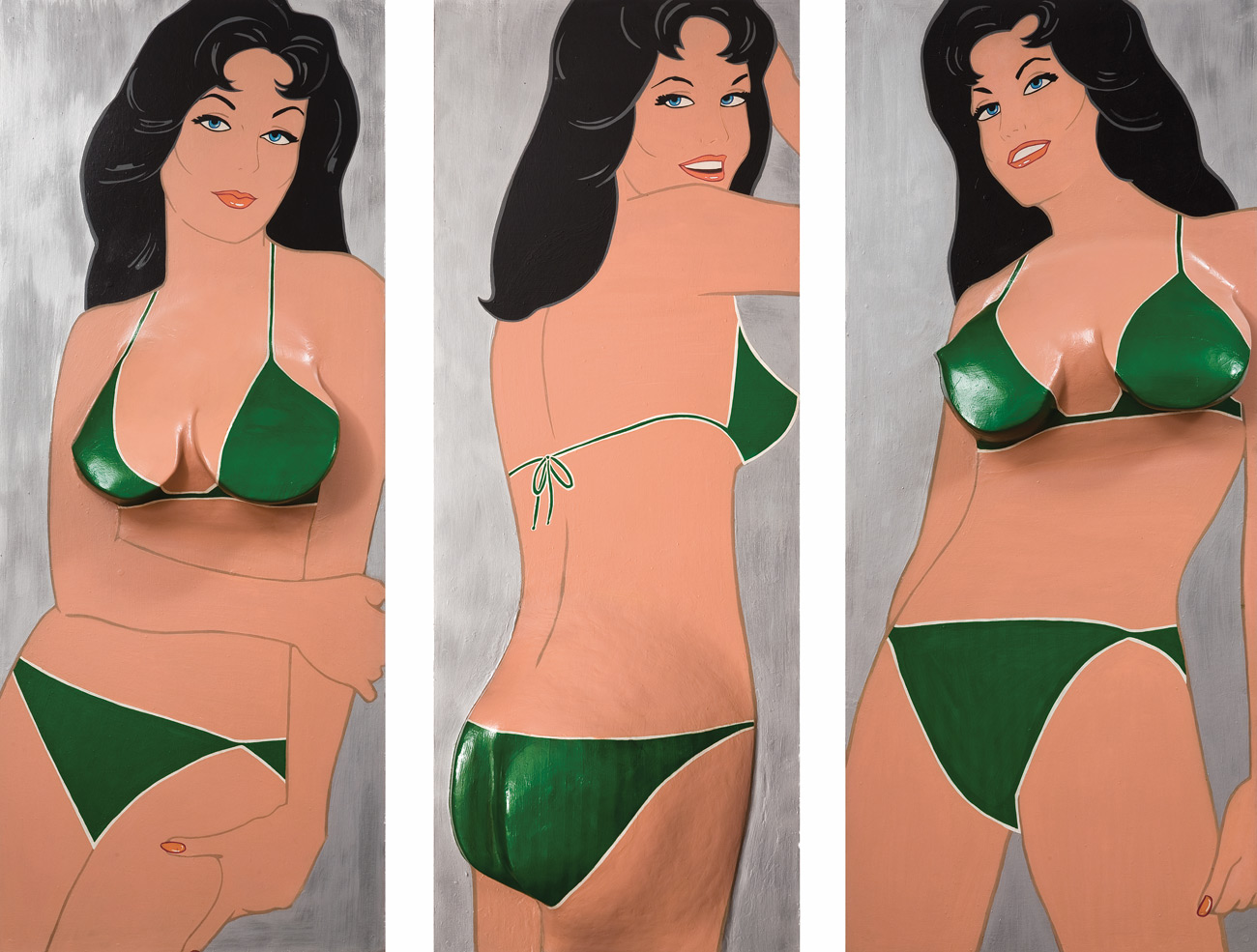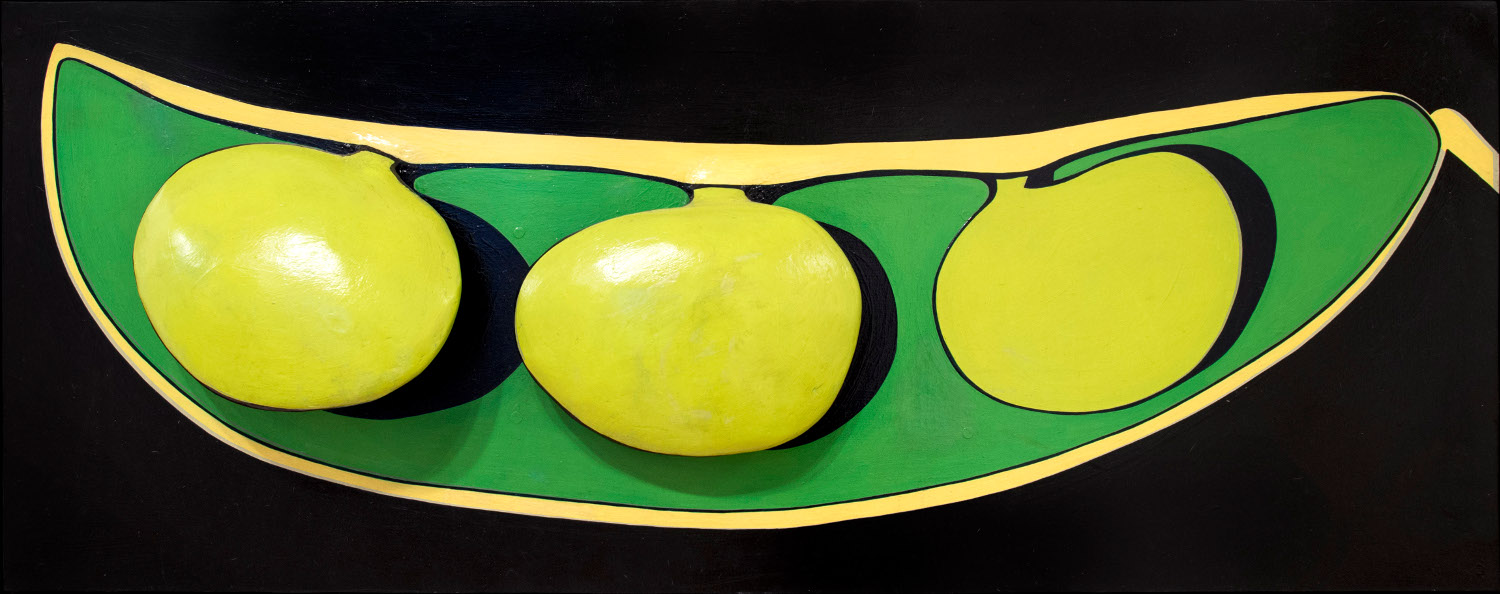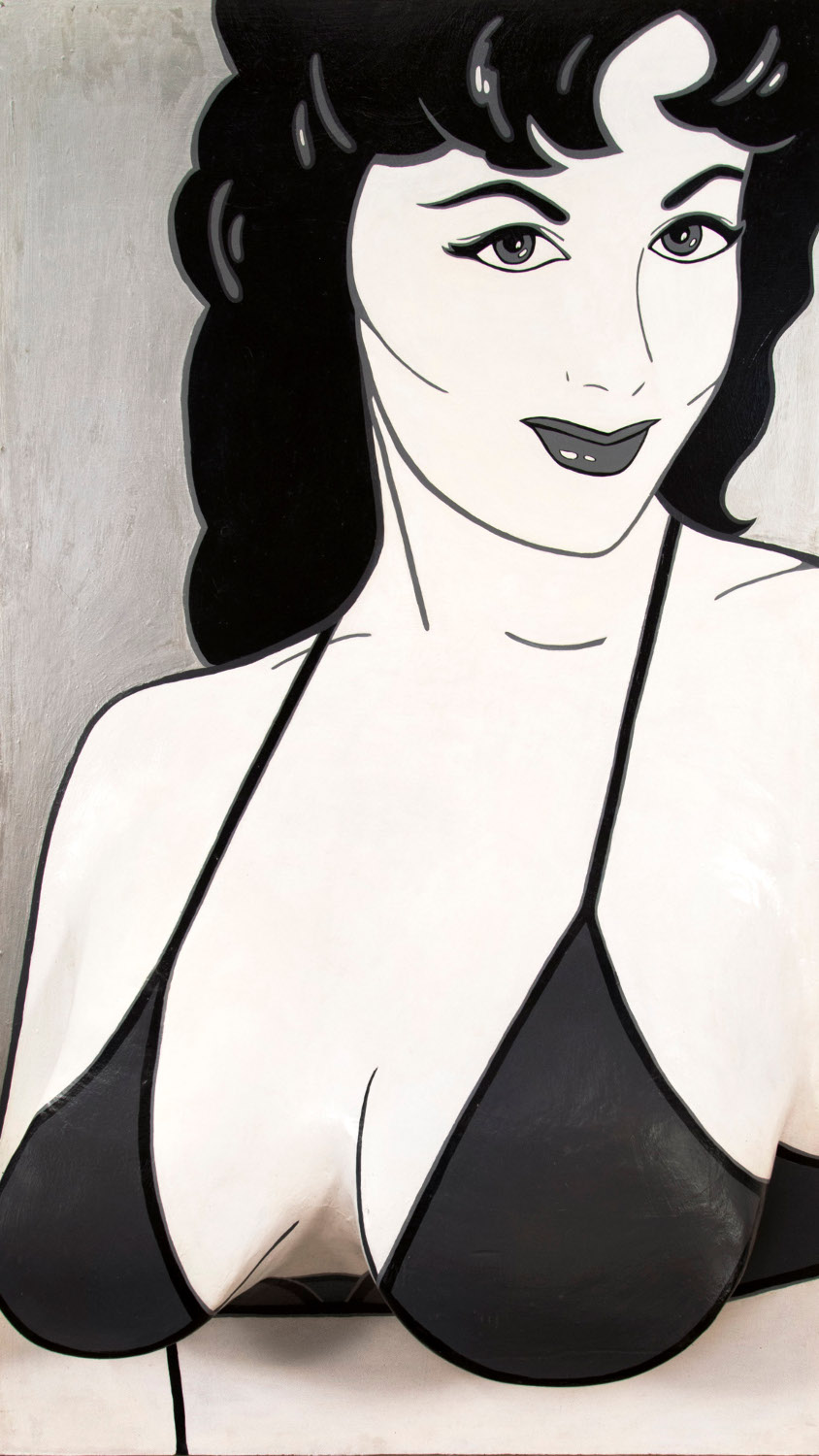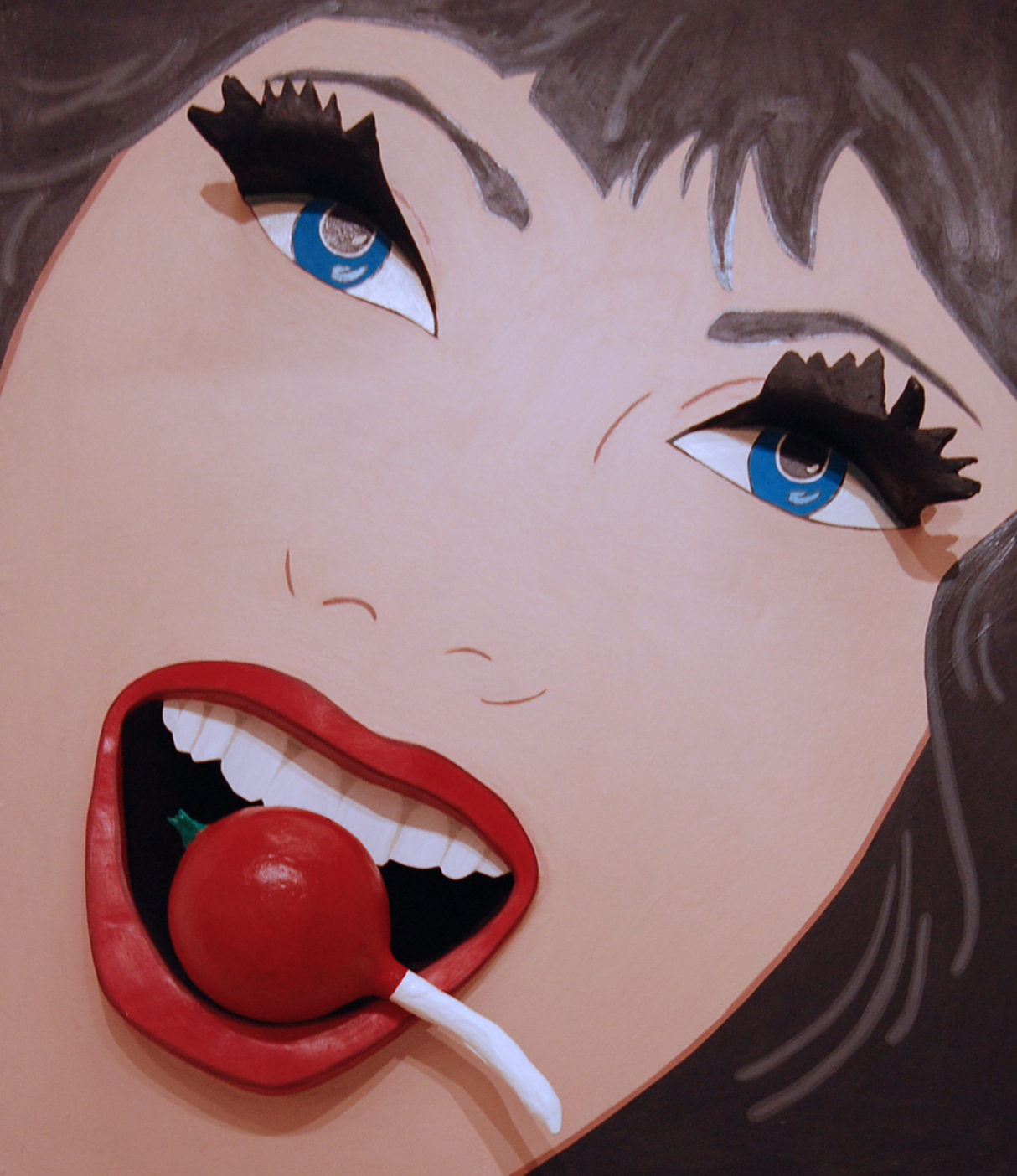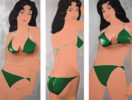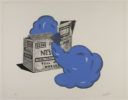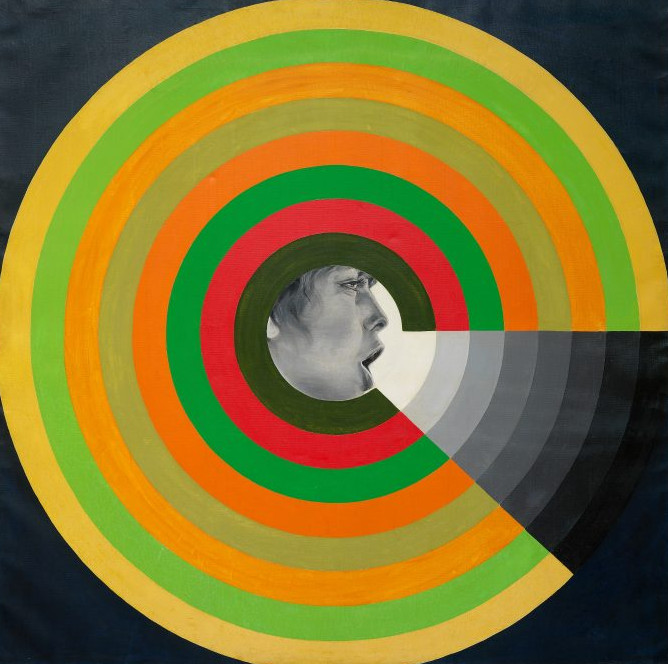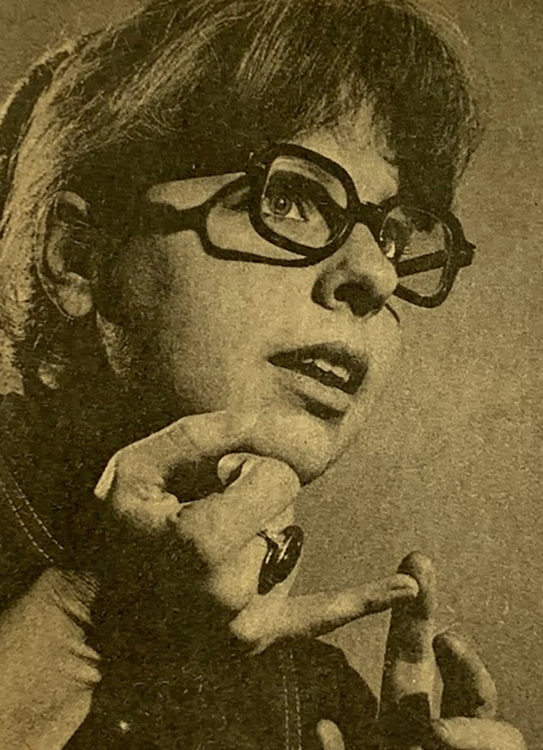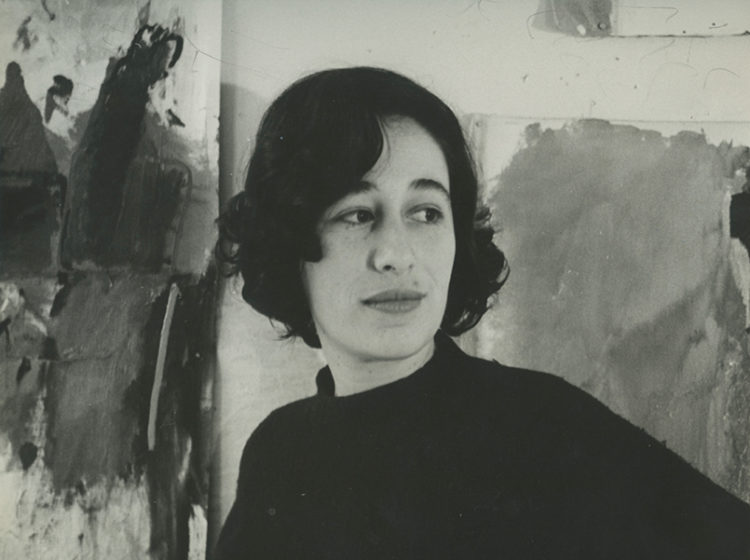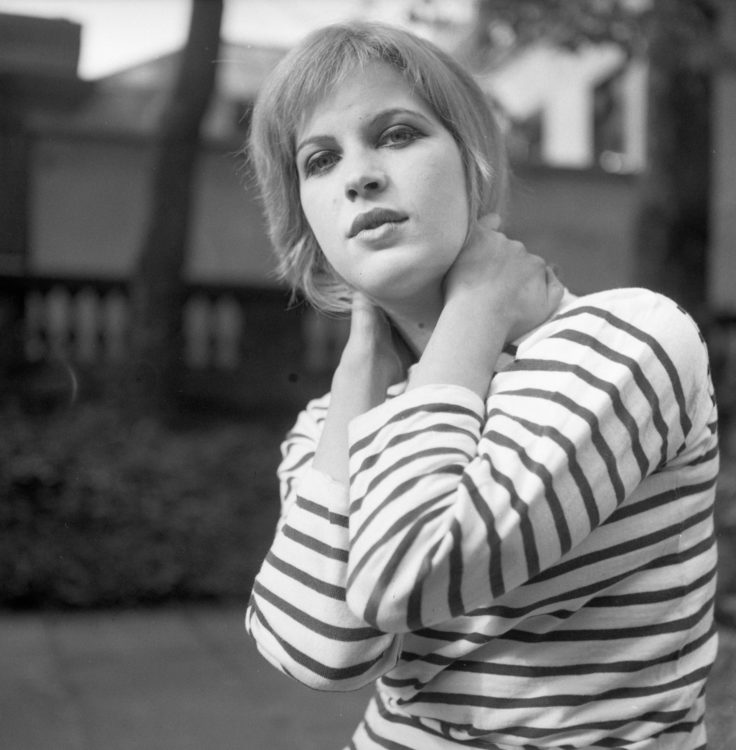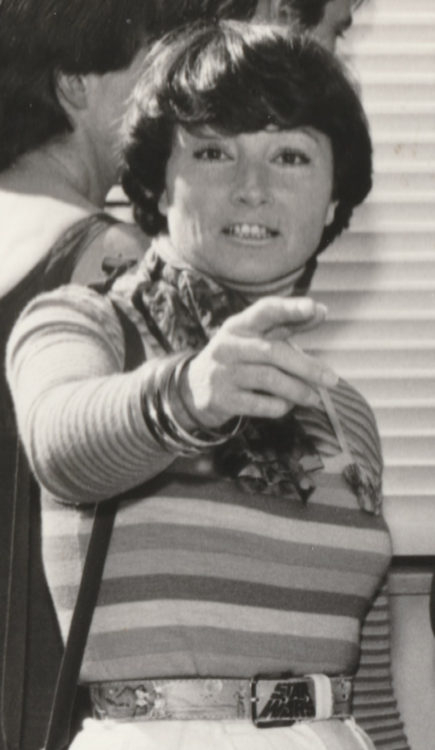Marjorie Strider
Middleman, Rachel, Radical Eroticism: Women, Art, and Sex in the 1960s, University of California Press, 2018
Marjorie Strider [solo exhibition], Hollis Taggart Galleries, New York, 2011
→New York Avant-Garde / Work and Projects of the Seventies, MoMa, New York, 1977
→Marjorie Strider: Tower Project, MoMa, New York, 1976
American visual artist.
Marjorie Strider studied at the Kansas City Art Institute before moving to New York in the early 1960s. She took part in the First International Girlie Exhibit at Pace Gallery in New York in 1964 alongside fellow artists Rosalyn Drexler (b. 1926), Roy Lichtenstein (1923-1997), Andy Warhol (1928-1987) and Tom Wesselman (1931-2004), and showed her Green Triptych (1963), depicting three painted bikini-clad women with three-dimensional breasts. This piece encapsulated her trademark hybrid vocabulary, which involved skilfully playing on the ambiguity between painting and sculpture. The following year, she married the artist and writer Michael Kirby (1931-1997) and Pace Gallery published her first monograph, Girls, Flowers and Vegetables. Following the same process as the Green Triptych, the works it presented depicted women with plumped lips in 3D and peas growing out from the canvas.
In the early 1970s her friendship with Claes Oldenburg (b. 1929) inspired her to start using polyurethane, as exemplified by the piece Soda Box (1973), in which a blob of solid foam in an unexpected shade of blue seems to be oozing from a box of baking soda like some sort of chemical. She also used it to create site-specific installations such as Building Work(1970-1976), in which the substance is made to look as if it is seeping out of windows and doors.
In her later years M. Strider reverted to her earlier subjects and simplified them to enhance the absurdity of their message. She also reworked the icons of modern art, including Nude Descending a Staircase, treating them as reproductions of a motif. Despite having produced Pop art throughout her career, M. Strider was quickly pushed to the sidelines of the history of a predominantly male Pop movement. However, her work has enjoyed renewed recognition since the 2000s.
Publication made in partnership with the Musée d’Art Moderne et d’Art Contemporain of Nice, in the framework of the exhibition She-Bam Pow POP Wizz! The Amazons of the POP (1961-1973).
© Archives of Women Artists, Research and Exhibitions



